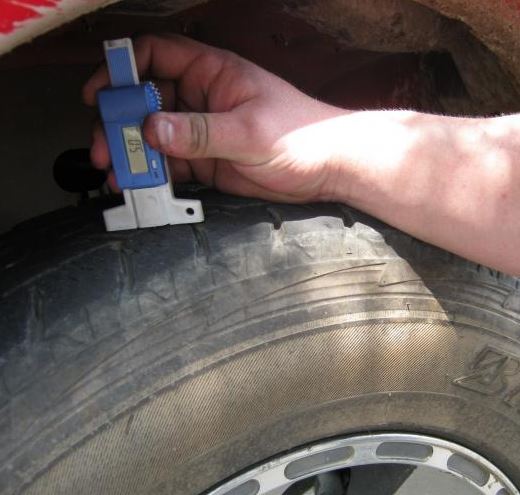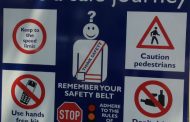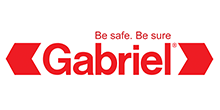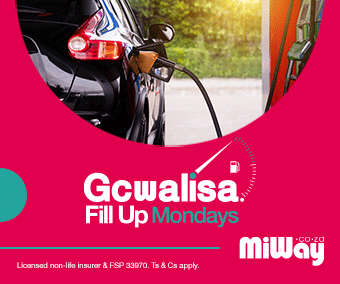Winter driving in South Africa can challenge even the most experienced drivers. And if your tyres are worn, you’re taking that risk with less grip, longer stopping distances, and a higher chance of aquaplaning.
Knowing how to tell if tyres are worn will help you stay safe and ensure your insurance still covers you. Below, we look at simple ways to check the tread, understand tyre wear, and stay on top of your cover, especially during long journeys or winter weather.
Why Tyre Tread Matters More In Winter
Your tyre’s tread helps it grip the road and push water away. When that tread wears down too far, tyres can’t hold the surface properly, especially on wet or slippery roads. That’s when aquaplaning – where your car “floats” on water rather than staying in control – becomes more likely.
Driving with smooth or bald tyres increases the risk of an accident and can affect your car insurance claim if it turns out your tyres weren’t roadworthy when an incident occurred. Make sure you have a minimum tyre tread depth of 1 mm in line with South African legal standards.
How To Check for Tyre Tread Wear Quickly
A worn tyre can be spotted in seconds. Let’s look at three simple ways to check tyre tread depth.
Use A Tread Depth Gauge
This small tool slides into the grooves of your tyre and gives a digital or manual reading. Most have colour-coded markers showing when your tyres are safe, close to the limit, or need replacing. You can get one at most car accessory shops. Use it regularly to avoid potential problems.
Look For Tread Wear Indicators
These are small raised bars of rubber found inside the grooves of your tyres. When the tread wears down and becomes level with the bars, it’s a clear signal that the tyre has reached the end of its safe life. Most tyres have at least six of these indicators spread around the tyre’s surface.
Try The Matchstick Test
If you don’t have a gauge, insert a regular matchstick head-first into the groove. If the match head still sticks out, your tread is too shallow. This isn’t as accurate as using a gauge, but it can help spot obviously worn tyres when you’re in a pinch.
How To Assess Your Tyre’s Age
Even if your tread looks fine, tyres can still become unsafe with age. Rubber degrades over time due to exposure to heat, sunlight, and general wear, even if you don’t drive much.
To find your tyre’s age, check the sidewall for a DOT code. The last four digits show the week and year the tyre was manufactured. For example, “3817” means it was made in the 38th week of 2017. If your tyres are over six years old, it’s time to consider replacing them, especially before long trips or seasonal changes.
Most experts agree that car tyres should be replaced between six and ten years from their manufacture date, even if the tread still looks acceptable. Aged tyres are more prone to cracking, blowouts, and poor grip on a slippery road surface.
Spotting Tyre Issues
Not all tyres wear down evenly. If the wear is more noticeable on one side of the tyre, or if the middle or outer edges are smoother than the rest, it could point to a mechanical or inflation issue. Here’s what to look out for:
Underinflated Tyres
Underinflated tyres tend to wear more on the outer edges. This happens because tyres sag inwards, putting extra pressure on the shoulders. Driving with low tyre pressure also reduces fuel efficiency and handling performance.
Overinflated Tyres
Overinflated tyres wear faster in the centre of the tread. Too much air causes the tyre to bulge, meaning only the middle section makes contact with the road. This leads to faster tread wear in that area and reduced grip overall.
Poor Wheel Balance Or Misalignment
When your wheels aren’t properly aligned, it can cause patchy or irregular tread patterns. If your steering wheel pulls to one side or you feel vibrations while driving, your wheels may be out of balance. This causes your tyres to wear down in specific spots, shortening their lifespan.
Mechanical Issues
Faulty suspension, worn shock absorbers, or damaged steering components can also cause uneven wear. If you’ve rotated your tyres and the problem returns quickly, get your car checked by a professional.
Regularly checking your tyres for signs of uneven wear can help you catch issues before they lead to costly repairs or unsafe driving conditions.
When To Replace Your Tyres
Replacing your tyres doesn’t always come down to one issue – often, it’s a combination of signs. You should replace your tyres if:
1. The Tread Depth Is Below 1.6 Mm
This is the legal minimum in South Africa. However, many experts recommend replacing tyres well before they reach this point. If you’re close to the limit, you’re already driving with reduced safety.
2. Tyres Are Older Than Six Years
Even with good tread, old tyres are more likely to crack, lose elasticity, and fail under pressure. Always check the manufacturing date and replace them if they’re too old, especially before long journeys.
3. You Notice Visible Damage
Cracks, bulges, deep cuts, or embedded objects are all signs that your tyre is compromised. These can lead to blowouts or leaks and shouldn’t be ignored.
4. Uneven Wear
If your tyres wear out quickly or unevenly, even after rotation, there may be a deeper problem. It’s best to have your suspension, wheel alignment, and pressure settings checked.
You’ve Had A Serious Puncture Or Impact
Tyres that have been repaired after a puncture or that have hit a pothole hard may look fine but could be weakened internally. In some cases, it’s safer to replace rather than risk failure on the road.
Stay Road-Ready And Covered
Regularly checking the tread depth and overall condition of your tyres is one of the easiest ways to stay safe on the road. It only takes a few minutes, but it can help you avoid costly repairs, accidents, and even claim rejections.
But tyre safety is just one part of being a responsible driver. If you want car insurance that’s built around real South African conditions, there are options for every budget and helpful tools allowing you to get a quote online.
Disclaimer:
This article provides general information about worn tyres and the resulting winter driving risks.
Always conduct your own research and consult a certified financial advisor to select the best insurance policy for your needs.
Get a quote for affordable comprehensive cover with fixed premiums*, reducing excess*, and top-tier service. T&Cs apply.
Tyre Maintenance and Road Safety https://t.co/qIIbPvezfK #ArriveAlive #RoadSafety #TyreSafety #TyreMaintenance pic.twitter.com/Gn9mymqoqy
– Arrive Alive (@_ArriveAlive) April 7, 2025

























